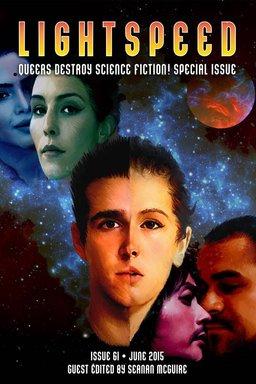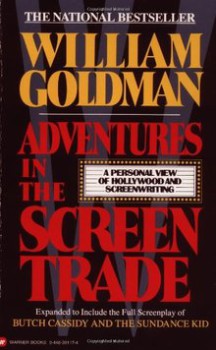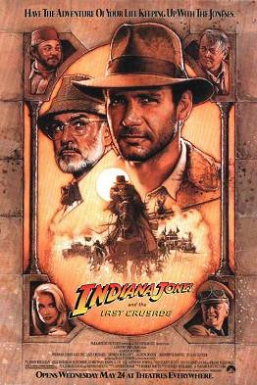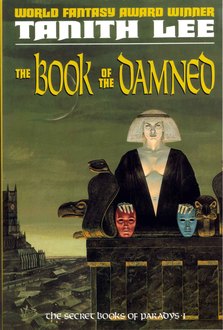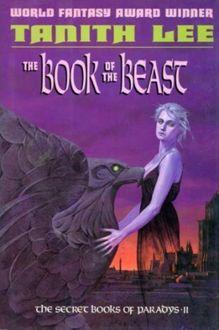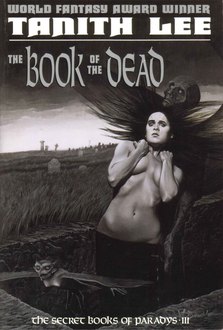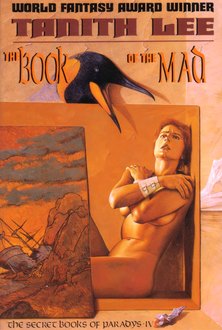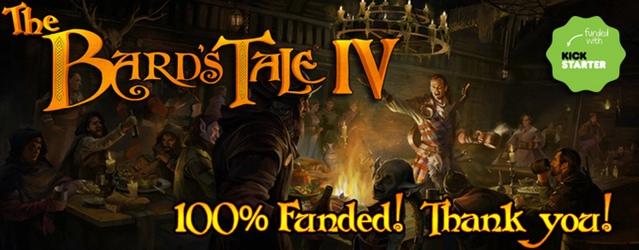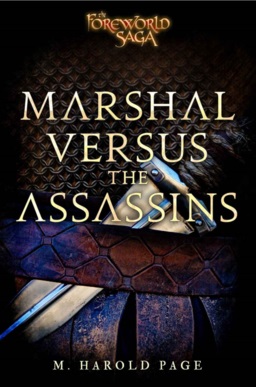New Treasures: The Sin Eater’s Daughter by Melinda Salisbury
 When I arrived at the Nebula Awards weekend here in Chicago two weeks ago, I was given a bag with a generous number of book and magazines donated by various publishers. This is a common (and much loved) practice at many awards banquets and professional conventions. There was a fine assortment of books and advance galleys from some big names in my bag, but oddly the one I started reading first was from a debut writer, Melinda Salisbury. Chalk that up to an absolutely gorgeous cover, and an intriguing synopsis that includes court intrigue, treason, royal secrets, young love, and the incarnation of a goddess whose very touch brings death…
When I arrived at the Nebula Awards weekend here in Chicago two weeks ago, I was given a bag with a generous number of book and magazines donated by various publishers. This is a common (and much loved) practice at many awards banquets and professional conventions. There was a fine assortment of books and advance galleys from some big names in my bag, but oddly the one I started reading first was from a debut writer, Melinda Salisbury. Chalk that up to an absolutely gorgeous cover, and an intriguing synopsis that includes court intrigue, treason, royal secrets, young love, and the incarnation of a goddess whose very touch brings death…
Seventeen-year-old Twylla lives in the castle. But although she’s engaged to the prince, Twylla isn’t exactly a member of the court.
She’s the executioner.
As the Goddess embodied, Twylla instantly kills anyone she touches. Each month, she’s taken to the prison and forced to lay her hands on those accused of treason. No one will ever love a girl with murder in her veins. Even the prince, whose royal blood supposedly makes him immune to Twylla’s fatal touch, avoids her company.
But then a new guard arrives, a boy whose easy smile belies his deadly swordsmanship. And unlike the others, he’s able to look past Twylla’s executioner robes and see the girl, not the Goddess. Yet Twylla’s been promised to the prince, and knows what happens to people who cross the queen.
However, a treasonous secret is the least of Twylla’s problems. The queen has a plan to destroy her enemies, a plan that requires a stomach-churning, unthinkable sacrifice. Will Twylla do what it takes to protect her kingdom? Or will she abandon her duty in favor of a doomed love?
The Sin Eater’s Daughter was published by Scholastic Press on February 24, 2015. It is 311 pages, priced at $17.99 in hardcover and $9.99 for the digital edition. The cover artist is uncredited.
